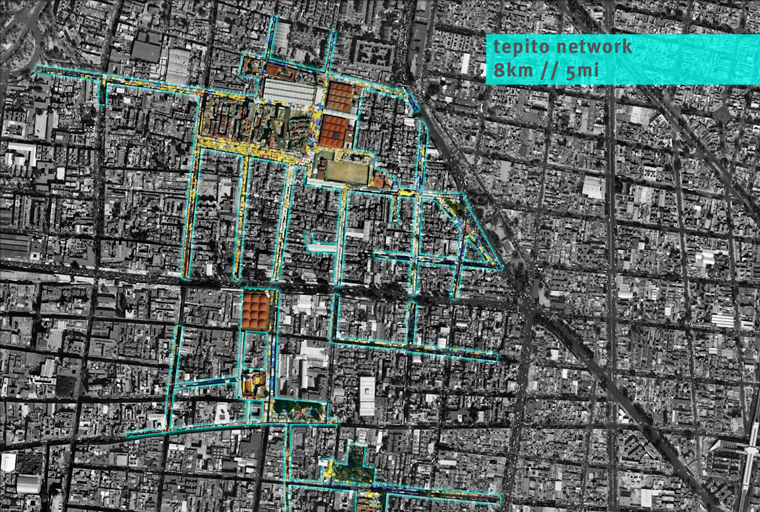
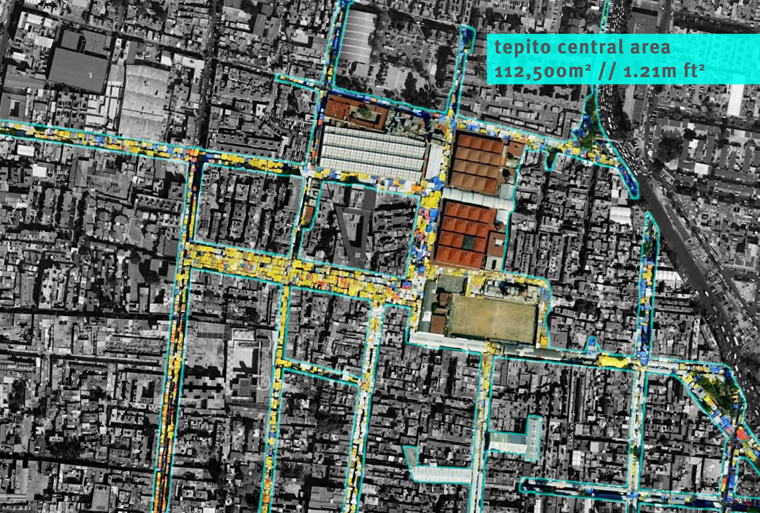
The space of a tactic is the space of the other. Thus it must play on and with a terrain imposed on it and organized by the law of a foreign power. ...it operates in isolated actions... what it wins it cannot keep. ...It must vigilantly make use of the cracks that particular conjunctions open in the surveillance of the proprietary powers. It poaches in them. It creates surprises in them. It can be where it is least expected. It is a guileful ruse.
- michel de certeau
Written without reference to the city, this quote hovers somewhere between a definition and a manifesto; it captured my imagination on the first reading and has yet to surrender it. It speaks to the contrarian, for whom poaching in the domains of the proprietary is a good needing no further justification, who seeks constantly to create surprises that problematize accepted understandings.
In other words, it speaks to the hacker, though it was written before that term came to common usage.
Peter Arlt, an Austrian theorist, first introduced me to the idea of tactics in an urban context. He juxtaposes temporary users (urban hackers) with the forces of permanence in the city, which rely on strategies like neighborhood plans and phased development documents. Urban hackers, by contrast, lack the power to execute such long-term agendas, but, guerilla-like, stand to benefit from a fine-grained knowledge of local context and the support of local residents.
Coming to Mexico City (aka Distrito Federal, aka the D.F.), I was hoping to find just such a breed of quintessential urban tacticians, in the form of its vendors. I was hoping to find “formal” systems that have warped over the years to accommodate these informal actors. I have found both in abundance.
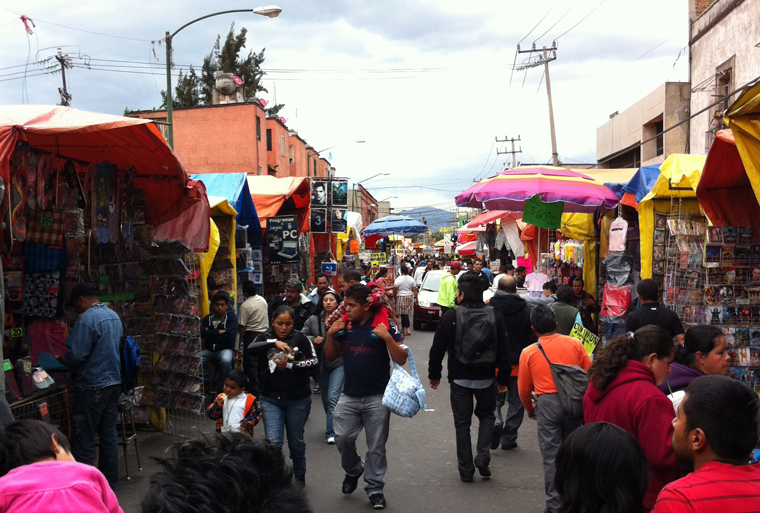


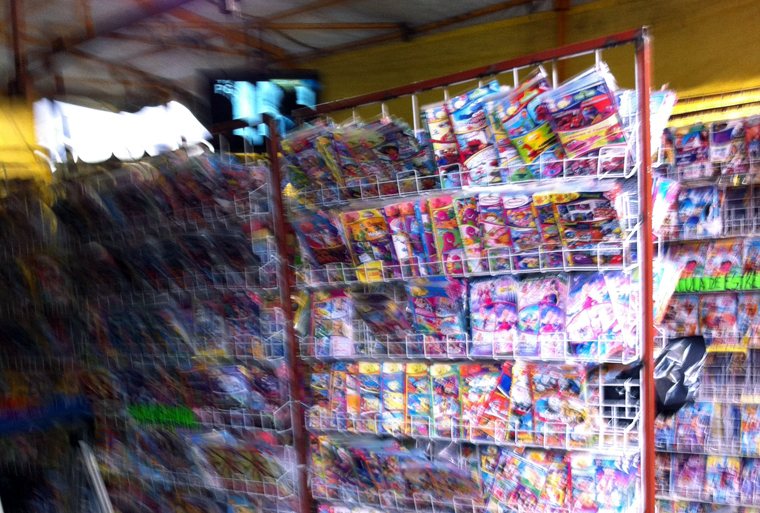
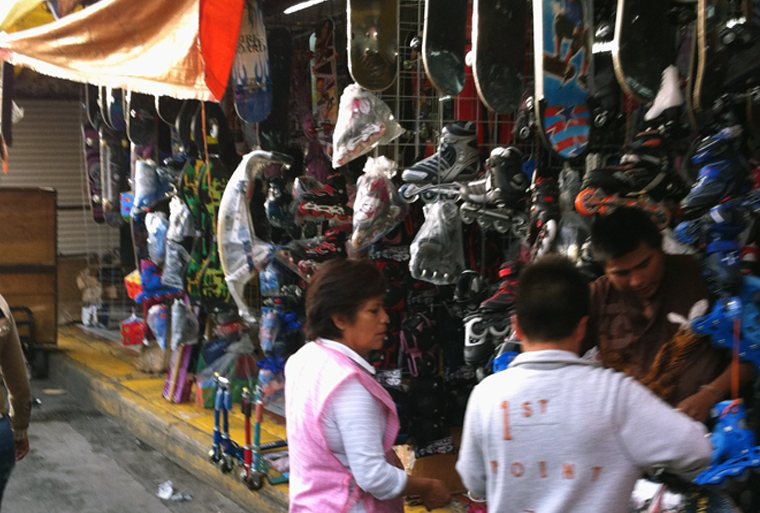
Earlier this week I was fortunate enough to be escorted through Tepito, the (in)famous mega-tianguis in the center of the D.F. A tianguis is a recurring open-air market that generally takes place in the same spot each week; the word itself comes from Nahuatl, a pre-Hispanic indigenous language – this fact reflects the longevity of these markets in Mexican culture. Tepito, which has been a site of commerce since it was annexed/conquered by the Aztecs, has been poor for as long. Today, as shown on the maps above, it covers (by my rough estimate) five miles of public roadway, with a contiguous central area of around 1.2 million square feet. According to a 2005 article, Tepito generated in the neighborhood of $80 billion pesos ($6.25 billion USD) in revenue that year, representing roughly $20 billion pesos ($1.57 billion USD) in lost taxes for the Mexican government.
Tepito, though of sensational scale, is merely the most hypertrophied specimen of its species – it is similar to other markets in many respects. According to my chaperone, who is himself a vendor in the market and a native of the neighborhood, Tepito functions by a clear and relatively transparent set of mechanisms: vendors in the informal sections of the market (on the street) pay a daily rent of between fifty and one hundred pesos to the delegado, or representative of a given section of the market. The position of delegado is often hereditary, though always contingent upon satisfactory performance of duties. These include the physical upkeep of the premises, the settling of disputes, and acting as a liaison to authorities.
My point here is not (just) a voyeuristic account of a foreign terrain: to me, Tepito is an examples of a set of urban and political tactics that allow for the sustained (yet provisional) operation of a physical space.
I recently came across the idea of “affordance” in the context of design; essentially, an affordance is a thing that a space or object lends itself to. A bench affords sitting, a cup affords holding liquid, etc. What Tepito (and the mercados in general) have accomplished is to add an affordance to the street: it now affords sitting, talking, eating, drinking, and selling.
A question follows: can other temporary uses add affordance to our cities? And can they do so without recourse to the market, to the generation of income? What sorts of spaces afford the creation or dissemination of cultural products?